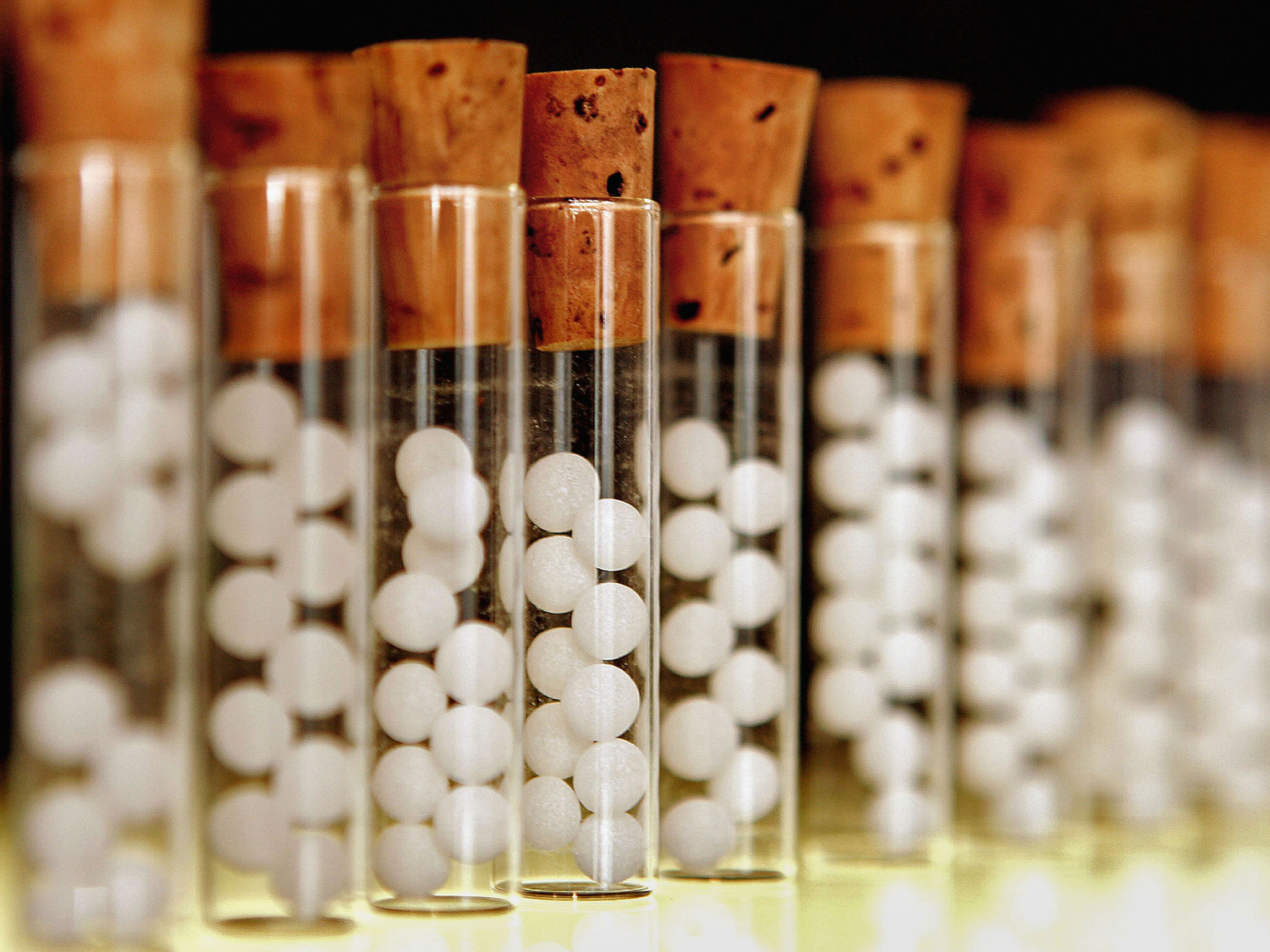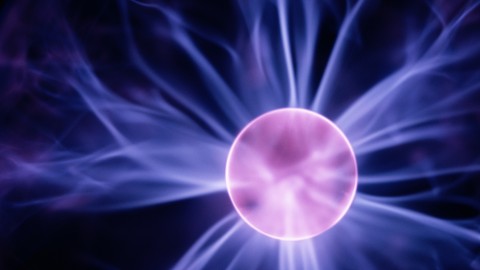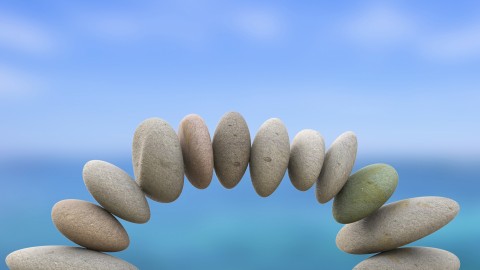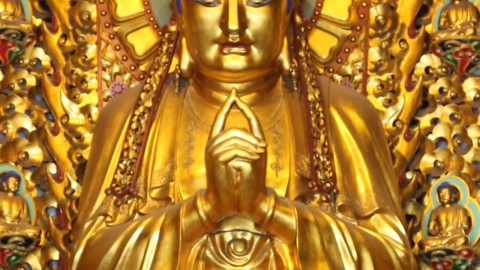In modern terms ‘Psychology’ is defined as the Science of behaviour in relation with the environment. It includes the study of conscious, subconscious and unconscious behaviour. The behaviour of children, old age, mental patients and animals also comes under psychology. Behaviour is only an expression.
Dynamic force from which the behaviour arises must be or might be the mind or psyche. It is found many times that there are parallels between the problems of Psychology and Homoeopathy at their fundamental levels. For e.g. the definition “…. totality is the outwardly reflected picture of the internal essence of the disease, that is, of the affection of the vital force….” is as hazy as the definition of the mind.
In both the situations we realize that expressions are the evidence of the inner reality, which is the foundation of the expression. For many years Psychology is
viewed by the medical profession as ‘Soft Science’; interestingly but unimportant, working in a caring profession we spend most of our working lives interacting with other people. A key part of our job is to promote health and well being. We are familiar with the definition of Health (led by WHO) – “A state of complete physical, mental and social well-being and not merely the absence of disease or infirmity”.
If this is seen as an important goal, those working in the field of health-care system need the knowledge and the skills to help the people in achieving it.
Homoeopathy is always interested in identifying the ‘SICK’. A ‘Sick’ who has not only physical symptoms, but also internal feelings. A ‘Sick’ who has delusions, fears, anxieties, depression, phobias etc. and behind all these internal states there are so many factors and causes. More important is the person himself who interacts with these factors and responds in a particular manner, e.g. if we talk about fear and the object of fear, we might get different responses from different people. Type of fear might be different and the degree of fear might be different for the same object in different people.
This individual difference is very important in Homoeopathic treatment. The subject of Psychology takes us into the depth of understanding these individual differences. It works as light in the darkness and helps us to know the cause of behavior.
Homoeopathic healing methods were inspired by the so-called Law of Similars: “Similia Similibus Curantur”. Homoeopathy is a holistic approach to disease, based on Gestalt theory; and asserts that no disease is local without affecting the whole body. Homoeopathy is based on stable laws & principles. Over time many non-classical view-points developed and also many different ways of approaching.
Many Homoeopaths developed their personal way of treatment, embedding new ideas as psycho-analysis and dream interpretation. These are new schools of thought which insist on a psychological causation behind every physical ailment. The classical Homoeopathy of Master Hahnemann, based on Gestalt, does not automatically assume this psycho-somatic dynamic, although it does recognize such aetiology in particular cases, when it is evident (e.g. fainting caused by fright or ulcers from anxiety). It also emphasizes the mental or emotional symptomatology in correlation with the totality of existing symptoms.
The above view can be discussed under the following three aspects –
- Lack of familiarity and acceptance of Homoeopathy.
- The classical Gestalt approach of Homoeopathy.
- The modern non-classical approach of Homoeopathy.
Lack of familiarity and acceptance of Homoeopathy: Homoeopathy is a holistic approach to disease, based on Gestalt theory; and asserts that no disease is local without affecting the whole body. It addresses the cause of the disease and strengthens the entire body to eradicate the disease by itself.
Homoeopathy strongly believes that all diseases’ symptoms are natural body-healing signs, where vital force struggles to re-establish the homœostasis, the health state, in the body. The body can heal itself from minor or mild disease where our natural vital force is strong enough to deal with that disease. In strong powerful diseases where the vital force is overwhelmed by the disease, it needs help or stimulation in dealing with the disease. Homoeopathy does this by proving the vital force with the smallest necessary degree of ‘information’ or ‘guiding’ translated by remedial symptom-similarity.
Homoeopathy medicines are made from plants, minerals and animal products in successive dilutions and succussions. A point is reached when the dilution passes what is referred in the chemistry as the Avogadro’s number; and not even a molecule from the original substance can be found in the remedy. Beyond the scientific explanation, the remedies are even more deep-acting, treating at a deeper level. Through the homoeopathic method of preparation, by trituration and succussion, only the substance’s energy is taken and worked through ‘potentization’ and used to treat the diseases.
Clinical trials are very difficult to be conducted because of the individualization of the Homoeopathic treatment. A specific case cannot be duplicated because the same chronic disease usually needs a different remedy in a different person.The controversy of Homoeopathy continues today because the mystery behind it’s mechanism of action eludes our understanding. But as at one point, we believe that the Earth is flat, that we cannot fly or have distant communication by talking, in time all these were beaten by discoveries. The same is now in regard to what exactly is happening at the sub-atomic level, what are the mechanisms in which energy can be transferred at this level. We know about transmission by particles & waves, but many unknown events are produced at this level.
Dr. James Tyler Kent said, “While Homoeopathy itself is a perfect science, its truth is only partially known. The truth itself relates to the divine and the knowledge relates to the man. It will require a long time before physicians become genuine masters in this truth”.
The Classical Gestalt approach of Homoeopathy: Master Hahnemann, as the Great physicians Hippocrates and Paracelsus, was well aware of the importance of the constitution and causation in the art of Healing. The great Paracelsus asked the healers to return to the roots of things if they wish to cure: “No knowledge is perfect unless it includes an understanding of the origin, that is the beginning; and all man’s diseases originate in his constitution. It is necessary that his constitution should be known if we wish to know his diseases”.
Dr. Hahnemann underlined the importance of constitutional factors, disease state and causation. On the basis of these, he introduced in §6 of the Organon of Medicine, the concept of Complete Gestalt of the disease. The Gestalt is investigated through the objective signs, coincidental events and subjective symptoms. This Gestalt makes up the essence of the totality of the symptoms and must be investigated through the patient, those around him and by the observations of the homœopath. The mental or emotional symptoms and the general symptoms that refer to the whole body, together with the most peculiar characteristic symptoms are the most important symptoms in finding the remedy.
We are aware that every physical disharmony is accompanied by a change in the mental or emotional state and vice-versa. Any strong mental / emotional state, especially if prolonged, is capable of causing physical illness; and any physical disease has the potential of producing a change in the mental / emotional state, in both acute and chronic illness. As a disease affects the whole body, physically and mentally or emotionally, the full picture of the patient will be needed to match the Homoeopathic-City of a well-chosen remedy. The more complete picture, the better prescription will be. Either exclusion or over consideration of some sort of symptoms as physical, mental or emotional, constitutional or causative in the detriment of other important symptoms will not reflect the true Gestalt of the disease and will not lead to a well-chosen remedy.
There are Homoeopathic techniques that reduce the Gestalt to few specific approaches as psychoanalysis, without considering Gestalt awareness techniques and paradoxical intention strategy and the totality of symptoms.
Another approach is the Jungian Psychology, where a patient is characterized only on the basis of archetypes, which are inherent organs of the psyche, a primal form and have a very important role in the process of thinking, living and attitude of all human beings. They come from the collective unconscious and directly manifest themselves in the mind of man, in religion, in myths, in the thinking and behaviour of man; but also in nature and in the World generally.
Using these techniques, the remedy is viewed almost exclusively through it’s delusional perspective, the core delusion and dream interpretation. There is a tendency in modern Homœopathy to reduce the totality of symptoms to one delusion or to a small essential part or vital sensation; that is supposed to be more important than the whole. As Dr. David Little said “This is a hit or miss method and when someone is wrong, he is often very wrong”, of course to the detriment of the patient.
Peculiar mental symptoms and special sensations are given primary importance in Homoeopathic therapeutic applications. It is particularly insisted by our Maters that selection of medicine should be done only after specially considering the peculiar mental symptoms and special sensations exhibited by the patient. These special importances to mental symptoms were given on the theoretical reasoning that disease primarily originates in the level of vital force; and the mental symptoms are the real language of deranged vital force.
The term Constitution indicates the sum total of the deviations gradually happening in the complex molecular processes which are the fundamental for the existence of the organism. Totality of the constitutional symptoms reveals the personality of an individual.
The constitutional nature of an individual is revealed to us through different groups of symptoms representing diverse constitutional deviations belonging to genetic and acquired molecular errors.
Thus from the above discussions, it is known to us that diseases originate in the
vital molecular processes, as deviations caused by some or other molecular errors. Obviously, mental and physical symptoms, whether subjective or objective are the expressions of these molecular errors. Mind, consciousness, feeling, emotions, understandings, thought, sensations, mental symptoms etc. are the functions of a complex material system, known as brain and nervous system. There is no mental symptom without a brain. Brain is the material substratum of mental symptoms. When some molecular errors occur in any biochemical channels in the organism, the information will be passed to the CNS, through concerted actions of bio-molecules belonging to the class of neuro-transmitters and neuro-mediators. This initiates complex biochemical processes in different regions of the CNS; and expressed as mental symptoms and sensations. Each group of special sensations and abnormal mental symptoms indicates particular deviation in one or other molecular processes in the organism.
Any pathological deviations in the biochemical processes instantly create certain reverberations in the neuro-endocrine systems. These reverberations are the real basis of diverse mental symptoms and special sensations. These processes are mediated by complex molecules – known as hormones, neuro-mediators and neuro-transmitters. The Limbic System, being the part of the Central Nervous System, plays a major role.
All the sensations and peculiar mental & physical symptoms are the result of inter-related chemical processes, involving the Limbic system and CNS, mediated by the chemical substances. The molecular errors happening in certain biochemic channels reflect themselves through sensation and mental symptoms, much earlier than observable objective symptoms. Hence, we erroneously think that such diseases begin in the mental plane; and later move to the material plane. All diseases begin in the plane of material vital processes as molecular errors; and the mental symptoms indicate their reflections in the chemical processes of the CNS. Obviously, cure also happens at the material molecular level.
Dr. J. T. Kent has emphasized on the Mental General Symptoms. According to him, as we all admit disease-producing power first deranges the vital force & subsequently the mind. He has given prime importance to the mental symptoms and evaluated to, in accordance to hierarchy, as Will and Emotion – which has been again divided to Internal Will – indicating to conscience; and External Will – indicating response to external stimuli (love, hates, anger, desire & aversion in the mental level). The 2nd one is Intellect and Understanding – includes delusion, illusion, hallucination and misinterpretation in understanding. And the last one is Memory – includes memory proper, difficulty in speech, mistakes in reading & writing etc. These are all directly related and connected to the mental processes.
Psychology is the science of mental life – both of its phenomenon and their
conditions. Psychology is concerned with ‘how’ and ‘why’ of conduct and of thinking. As we know the Laws of Science governing man’s physical well-being, we would know the laws of mind and of its responses to the world in order to know mental health. The purpose of psychology is to understand the behaviour in a scientific manner and to modify it for better adjustments with the surrounding environment so that a person can lead a normal and healthy life.
Our behaviour is nothing but a response; a response in terms of action and glandular changes which are noticeable and observable. Human behaviour is extraordinarily complex and is influenced by many different factors. Thus any aspect of behaviour can be examined from many different perspectives. All these add to our understanding of behaviour, as in behavioural perspectives we consider only the overt behaviour and the process of learning & direct effect of the external environmental stimuli on behaviour & behaviour change. Another perspective is Psychodynamic Psychology – which focuses on the role of hidden, unconscious, internal motives and drives along with childhood experiences. Cognitive perspectives focus on the cognition (mental process) of a person, his memory, perception, information processing, thoughts and reasoning. Social perspective studies the influence of social setting and social interactions on human behaviour.
In Homoeopathy we have a holistic approach of health; similarly in psychology this is conceptualized within the bio-psycho-social model of health which emphasize that complex interaction between biological factor and physiological system (life science), psychological process (thoughts, feelings, behaviour) and social & cultural context in which people live and children grow up. This field of study provides strong evidence to support the need for holistic care.
Holistic care requires an integral approach, we need to work together and we need to work both as medical personnel and as psychologists. But there are many barriers to overcome. The biggest barrier is Mind-Body ‘Dualism’. In the 17th century a French Philosopher René Descrates proposed that mind and body could be understood independently of each other. This dualism has led to the separation of life science from the social and mental aspects.
Reasonably good level of knowledge in psychology is important for Homoeopathic physicians to analyze and understand the patients in a better way. As the only holistic system of medicine, this has ways and means to incorporate the mental and physical aspects of human beings with its therapeutic. Homoeopathy naturally has an upper hand in the treatment of a wide variety of psychological problems. The method of drug proving in Homoeopathy stands out unique in the world because this process brings out both physical and mental symptoms in healthy individuals. The fears, anxieties, phobias etc. which is artificially produced during the drug-proving is clear evidence that Homoeopathic medicines sensitized the human psyche too.
Homoeopathic medicines are capable of producing mental symptoms in healthy individuals and hence curing the mental illness in patients; and the knowledge of psychology helps the physician to analyze the condition of the patient.
Hence we can conclude that a Homoeopathic physician needs to be balanced in his knowledge and attitude. The administration of higher potency has been observed to bring on effective and lasting psychological improvement. It can be advised that in psychological pathology, unless the body is too frail to take it, or there is a danger of serious physical aggravation, higher potency is amiable. But in these cases potency can be stepwise over several months, strengthening the body to the point where it can take higher potencies safely and a great psychological improvement follow
- REFERENCES
- ORGANON OF MEDICINE
- APPLIED PSYCHOLOGY
ARTICLE BY DR SMITA DEB. MD HOM
Tags: Psychology And Homoeopathy









